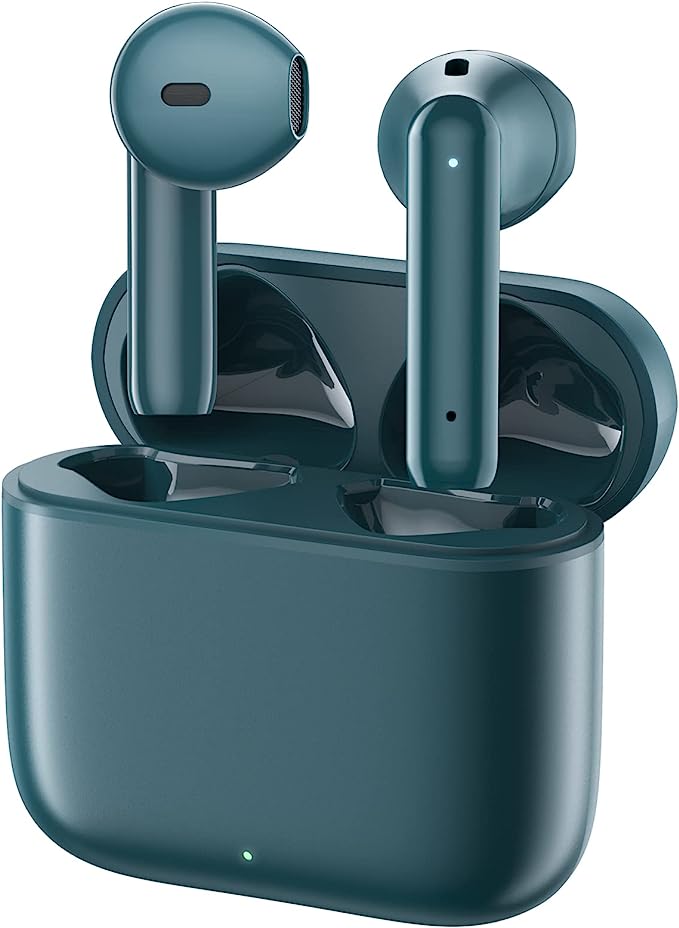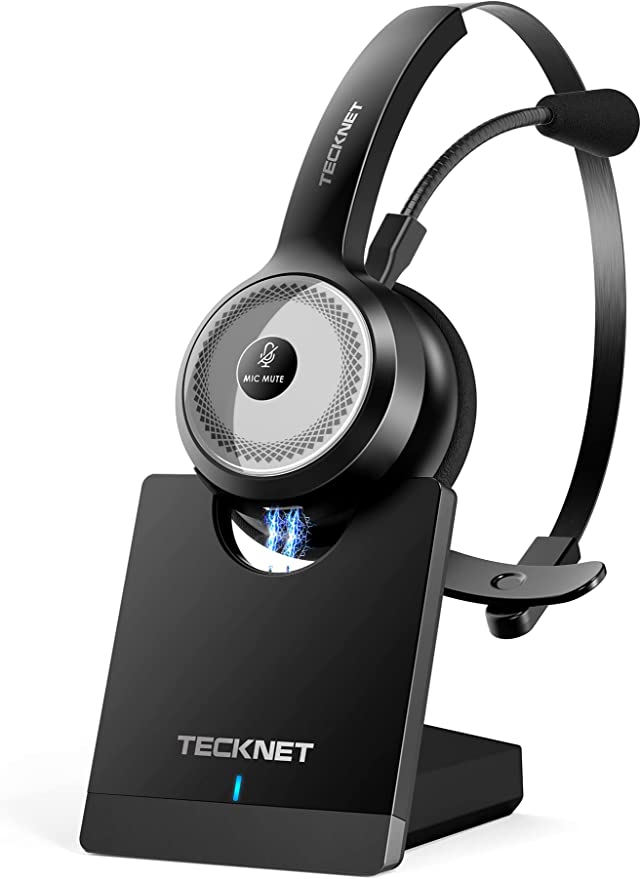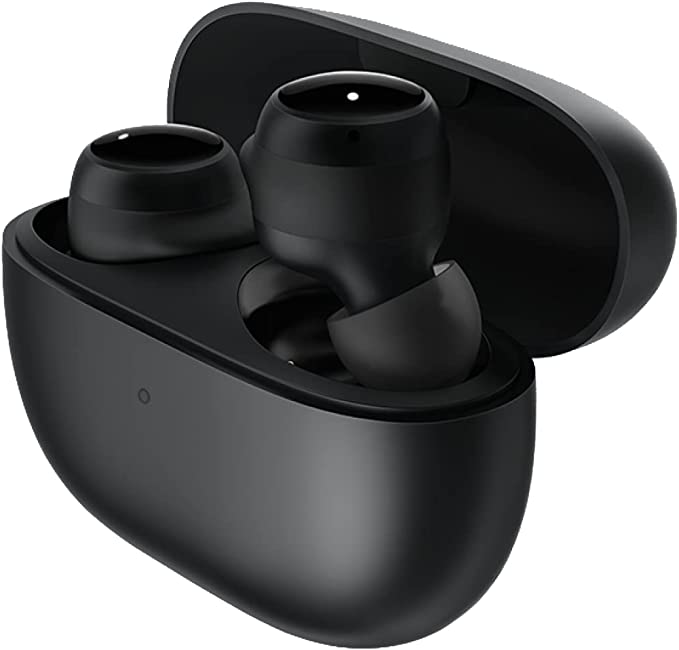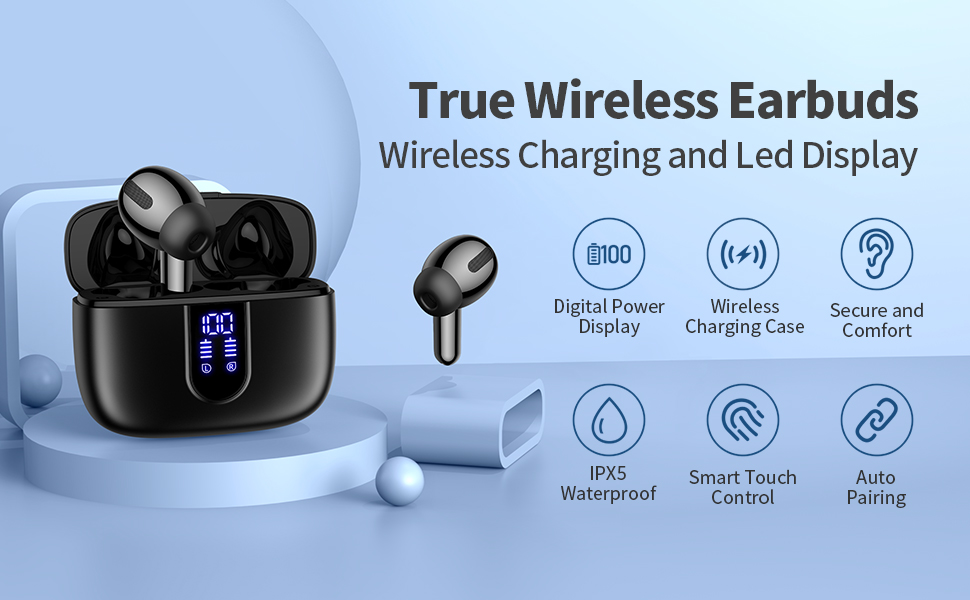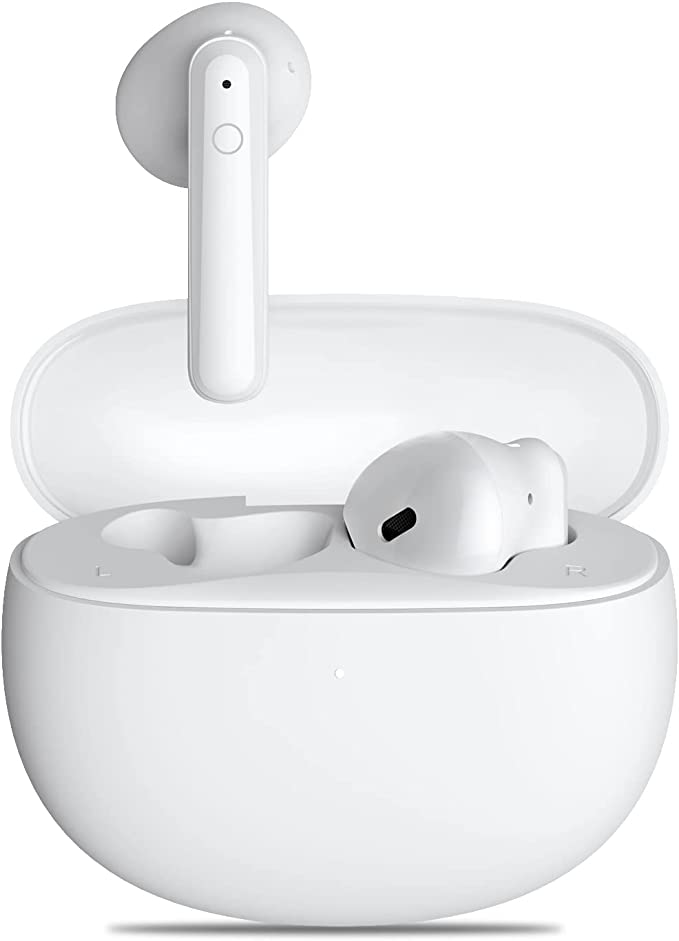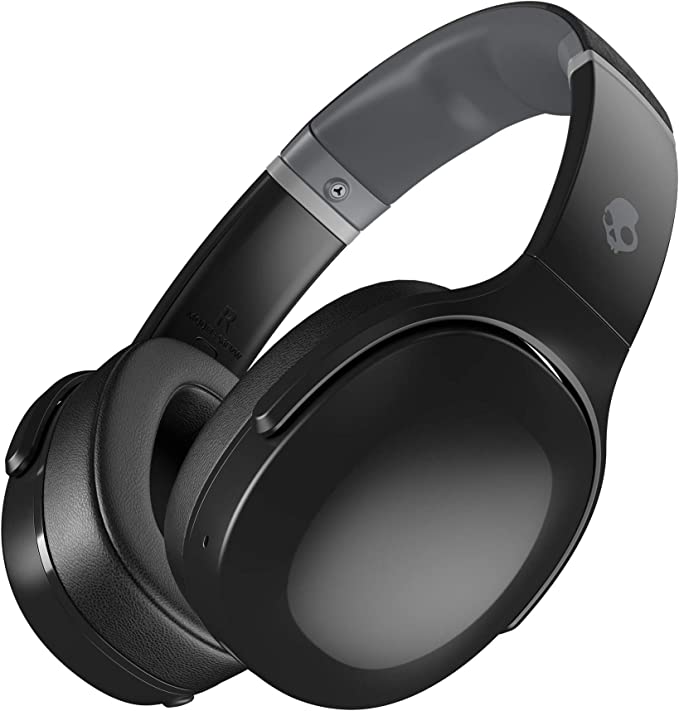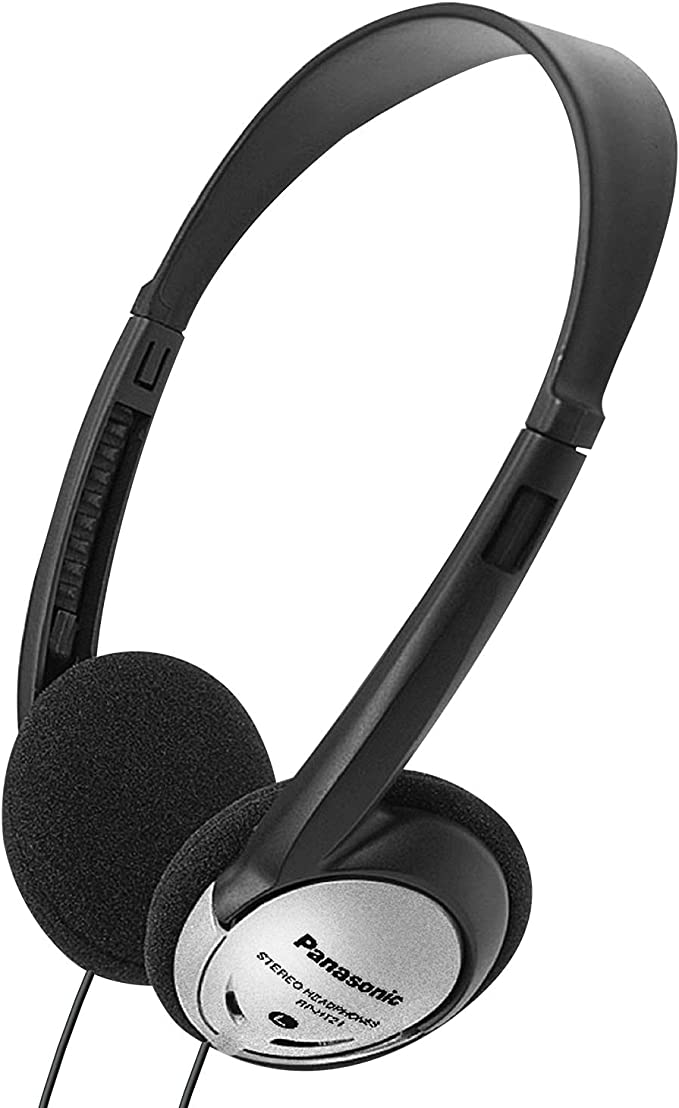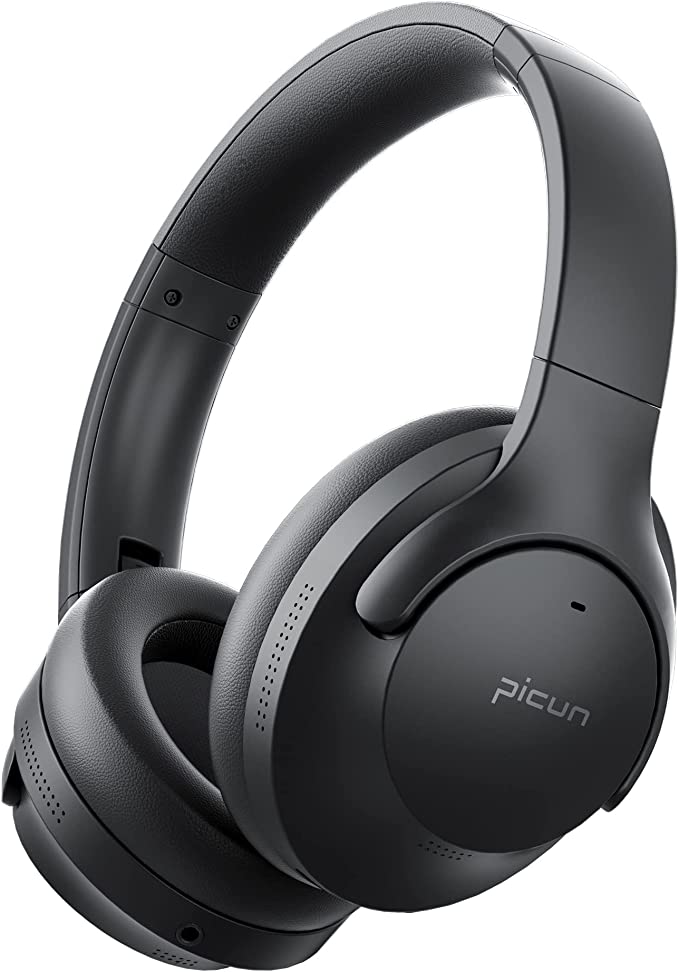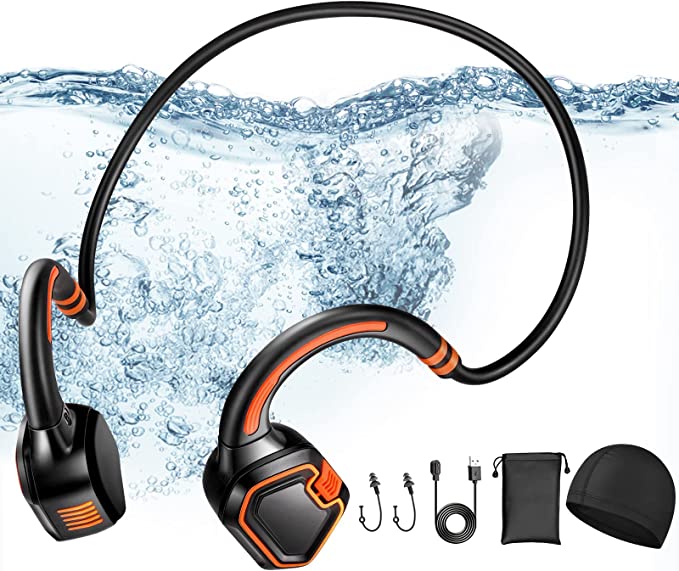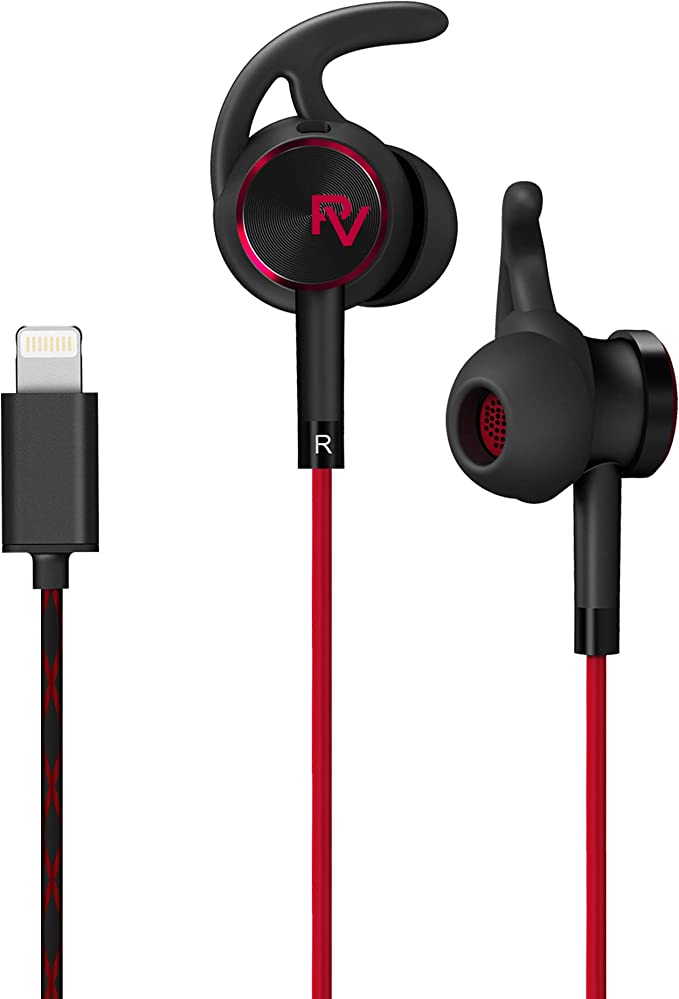Before You Buy a Digital Scanner: The Beginner's Guide to P25, Trunking, and Encryption
Update on Oct. 30, 2025, 12:36 p.m.
You’ve seen the videos. You’ve read the forums. You’re looking at a high-end digital scanner, maybe something like the Uniden HomePatrol-2, and you see the steep price tag.
And then you freeze. You’re hit with a wall of confusing terms: Trunking. P25. Phase II. Encryption.
This leads to one, critical question: “If I buy this expensive scanner, will it even work where I live? Or is everything important ‘scrambled’?”
If this sounds like you, take a deep breath. You’re asking exactly the right questions. My name is [Your Name/Site Name], and I’m here to be your guide. Forget the marketing hype. Let’s walk through this, step-by-step, and turn you into a radio investigator. We’re going to figure out exactly what you can hear in your town, before you spend a dime.
The Great Divide: Why Your Old Scanner Went Silent
First, let’s get the basics down. For decades, most public safety radio (police, fire, EMS) was simple analog FM. You found a frequency, you listened. Easy.
But analog has problems. It’s prone to static, it’s not secure, and most importantly, it’s inefficient. As cities grew, they ran out of available radio channels.
This led to the digital revolution. Digital radio converts voice into data (ones and zeros). This gives clear, static-free audio and allows for much greater efficiency. The dominant standard for this in North America is APCO Project 25, which you’ll almost always see shortened to just “P25”.
This is the first hurdle: If your area uses digital P25 signals, an older analog-only scanner will hear nothing but static or a harsh buzzing sound.
The “Trunking” Revolution: Why Frequencies Keep Hopping
The second concept you must understand is trunking. This is the solution to the “not enough channels” problem, and it’s brilliant.
Let’s use an analogy. Imagine a big company with 50 different departments, but only 10 meeting rooms.
- The “Old” (Conventional) Way: You’d assign one meeting room to each department. This is incredibly wasteful. The Sales team’s room sits empty 90% of the time, while the Engineering team is desperate for a room.
- The “New” (Trunked) Way: You have a central receptionist (the “Control Channel”). The 10 rooms are in a shared pool. When a department needs to talk, they ask the receptionist, who assigns them any available room for the 15 minutes they need it. When they’re done, the room goes back into the pool.
This is exactly how a trunked radio system works. Instead of one police precinct having its own frequency, it has a talkgroup. The system assigns that talkgroup to any open frequency for the few seconds of a transmission.
Why this matters for you: You can no longer just “find the police frequency.” It changes every few seconds!
This is where a modern scanner becomes essential. A device with TrunkTracker technology (which the HomePatrol-2 features) is built to listen to that “receptionist” (the control channel). It intelligently follows your desired talkgroup (e.g., “Police Dispatch”) as it hops from frequency to frequency, seamlessly stitching the conversation together for you.
The Big One: P25 Phase I vs. Phase II
You’ll see this everywhere, and it’s a major source of confusion. After the P25 standard was created, agencies (especially in big cities) still ran out of room. They needed even more capacity.
- P25 Phase I (FDMA): This is the original P25. Think of it as one conversation per “meeting room” (frequency).
- P25 Phase II (TDMA): This is the upgrade. It cleverly splits each meeting room into two virtual “time slots,” allowing two different conversations to happen on the same frequency at the same time. It essentially doubles capacity.
This is a critical dividing line for scanners. * A “P25 Phase I” scanner can only hear Phase I. * A “P25 Phase II” scanner can hear both Phase I and Phase II.
If your city uses a Phase II system, a cheaper Phase I scanner will not work. You must have a Phase II-capable scanner. This is one of the main reasons for the higher cost of advanced models like the HomePatrol-2—they contain the more advanced hardware and software required to decode this newer standard.

The Elephant in the Room: Encryption (The “Scrambled” Signal)
Now, we get to the query that brought you here. You’ve heard things are “scrambled.” The correct term is encryption, and it’s the ultimate conversation-stopper.
Encryption is a digital lock. The transmitting radio “scrambles” the voice data using a secret digital key, and the receiving radio uses the same key to “unlock” it.
Let’s be crystal clear about this. This is the single most important rule in scanning:
No scanner on the consumer market can, or legally should, defeat or decrypt modern public safety encryption.
It doesn’t matter if the scanner costs $50 or $5,000. If a talkgroup is encrypted, you will hear silence or a garbled digital noise. Period. This is not a “missing feature”—it’s a legal and technical impossibility. Agencies use it to protect sensitive information and ensure officer safety.
The queries “can home patrol 2 break encription” or “home patrol 2 phase two scramber” (which likely means “P25 encryption”) all have the same definitive answer: No.
So, the $500 question remains… how do you know if your area is even worth listening to?
The Mentor’s Guide: How to Know What’s in Your Area
Welcome to your new best friend: **RadioReference.com**.
This is a massive, crowd-sourced database of (almost) every radio system in the world. This is the exact same database that scanners like the HomePatrol-2 use for their “Zip Code” programming. We’re just going to look at the source.
Here is your step-by-step investigation plan. Do this right now.
- Go to RadioReference.com.
- Click “Databases” and then “Frequency Database.”
- Click on your state/province, and then navigate to your county.
- You will see a list of agencies and systems. This is your treasure map.
Now, let’s learn to read the map. Look for the main system for your city or county. You’ll see columns. The two most important are “Mode” and “Description”.
Here’s how to interpret the “Mode” column:
* FM or FMN (Analog): Easy. Any scanner, even a 30-year-old one, can pick this up.
* P25 or Project 25 (Phase I): You need a digital scanner. A Phase II scanner will work fine, but a Phase I-only scanner is the minimum.
* P25E or P25 Phase II: You must have a P25 Phase II-capable scanner.
* DMR or TRBO: This is another digital mode, common for business or campus security. Some, but not all, digital scanners can decode this.
* EDACS or LTR: These are older trunking systems. Most modern trunking scanners, including the HomePatrol-2, can still follow them.
Now, the most important part. Look at the “Description” or “Talkgroups” list for that system. You will see letters in a column, often “Mode.”
* D or DE: This means “Digital” or “Digital Encrypted.” If the talkgroup also has an E in the “Mode” column or “Encrypted” in the description, you are out of luck.
* E: This stands for Encrypted. This talkgroup is locked. You cannot listen to it.
* T: This means “Trunked.”
* A: This means “Analog.”
Your Investigation Summary:
Look at the talkgroups you care about (e.g., “Police Dispatch,” “Fire Dispatch”).
* If the “Mode” is A or D, you can listen to it.
* If the “Mode” is E or DE (Digital Encrypted), you cannot.
You will often find a mix. In many areas, Police Dispatch and Tactical talkgroups are encrypted (E), but Fire Dispatch, EMS, Public Works, and mutual aid channels are still in the clear (D).
This simple 5-minute search on RadioReference tells you exactly what a high-end digital scanner will—and will not—do for you.
So, Where Does a “Simple” Scanner Like the HomePatrol-2 Fit In?
Now that you’re an investigator, you can understand what a device like the HomePatrol-2 actually does.

When you enter your Zip Code, the scanner is simply loading all that information from the RadioReference database (which is stored on its microSD card) for your area.
- Its #1 Benefit is Ease of Use: It saves you the time of manual programming. You don’t have to punch in hundreds of frequencies or trunking settings. You just turn it on, enter your location, and it starts scanning.
- Its #2 Benefit is Capability: It is built to handle almost everything it finds: analog, LTR, EDACS, and—most importantly—P25 Phase I and Phase II.
But what it cannot do is change the content of that database. If your local police department is marked as E (Encrypted) in the database, the HomePatrol-2 will load that channel, try to listen, and correctly identify that it is encrypted. It will then (usually) skip it, just as it’s programmed to do.
It simplifies the process, it doesn’t break the rules.
Beyond Police: What Else Can You Hear?
Don’t get discouraged if your local police are encrypted. The radio spectrum is massive. A digital scanner is a gateway to all of it. You can still listen to:
- Fire Departments: Often unencrypted, providing real-time insight into emergencies.
- EMS/Ambulance: Critical for understanding local incidents.
- Aircraft: Pilots, control towers, and ground crews (this is analog AM, and fascinating to hear).
- Railroads: Train crews, dispatchers, and yard operations.
- Weather: S.A.M.E. weather alerts. The HomePatrol-2 excels at this, acting as a smart, localized emergency radio.
- Amateur Radio (Ham): Hobbyists talking around the world.
Your Mentor’s Conclusion
The radio scanning hobby is about discovery. The anxiety you started with is valid—it’s a complex field. But now, you’re no longer a confused beginner. You’re an investigator.
You know what P25 Phase II is (a capacity upgrade). You know what trunking is (a channel-sharing system). And you know the unbreakable rule of encryption (you can’t break it).
Most importantly, you know how to find the answer for your own backyard using RadioReference.
A powerful tool like the Uniden HomePatrol-2 is designed to make the act of listening simple with its Zip Code programming and touchscreen. But the reward of the hobby comes from the investigation you just learned how to do.
Do your research. See what’s out there. You’ll likely find there’s a whole world of communication humming around you, just waiting for you to tune in.









